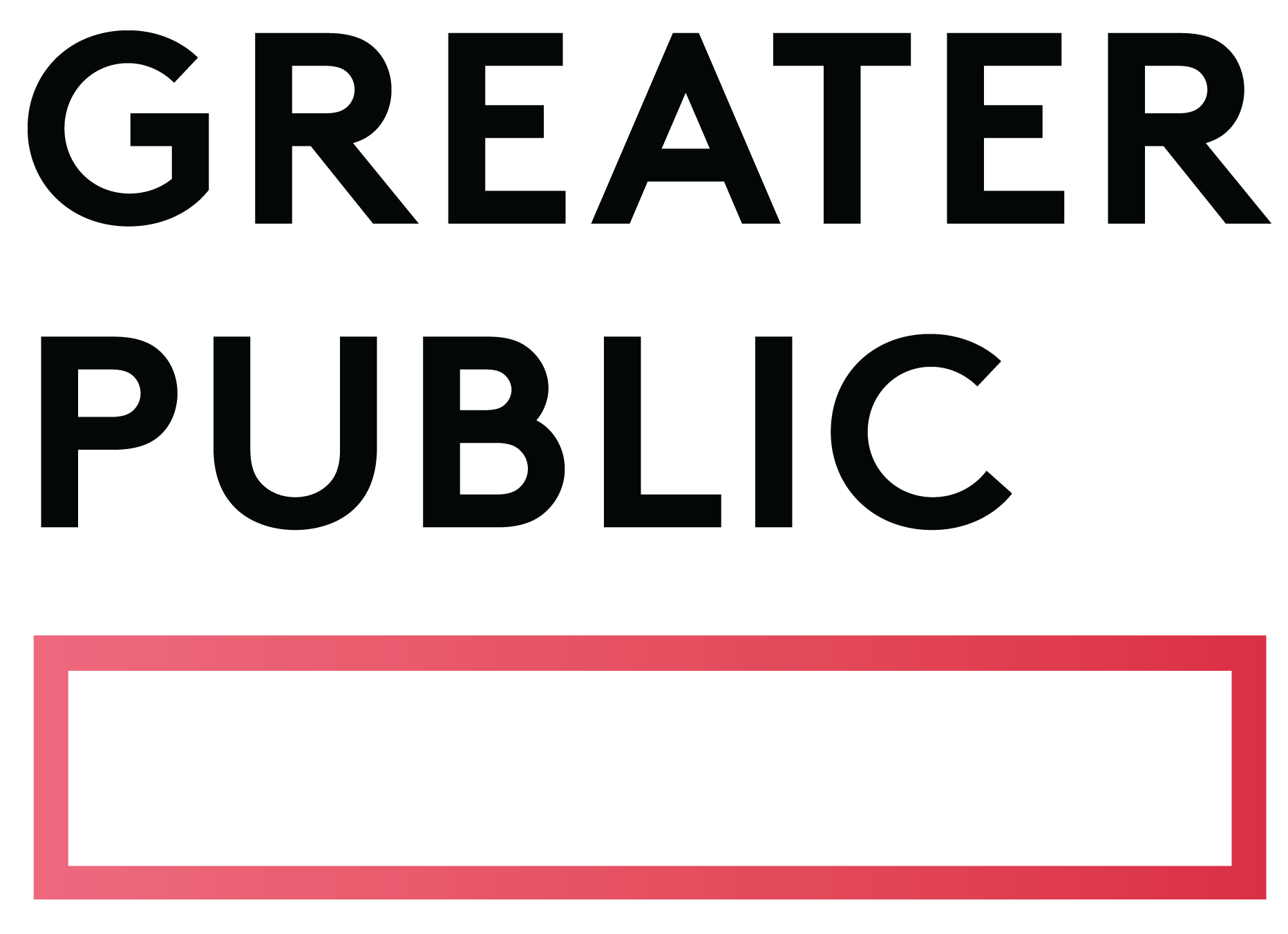Related Articles
Subscribe to the Greater Public newsletter to stay updated.
This site is protected by reCAPTCHA and the Google Privacy Policy and Terms of Service apply.

The almost frenzied news coverage of the 2016 election and emotional response by many Americans has led to speculation about the rise of news fatigue among the public media audience and its effect on time spent listening and overall revenue.
Several studies show that news fatigue is occurring. But this fatigue isn’t guaranteed to impact stations negatively. Many of our audience members see conventional media as the source of their news fatigue, and can still be reminded of the singular, trusted role public media plays for them.
First, the data. A 2018 Pew Research study reported that nearly seven in ten Americans were exhausted by the news, Republicans even more so that Democrats. Another study conducted by NPR found that 50% of Morning Edition and All Things Considered listeners said they sometimes needed a break from the news, and 38% said they felt overloaded with news and information these days1.
However, there’s no indication that station listenership is down overall. RRC (Radio Research Consortium) finds that while some stations are experiencing decreased listenership, other markets are experiencing gains. (Of course, examining only listenership can be misleading, since people are consuming media across increasingly diverse platforms. Inside Radio estimates that Americans will spend over 11 hours each day interacting with content across various streams.)
So where does this leave a fundraiser with a goal to meet and a on-air campaign looming? During this moment of news fatigue, it’s more important than ever to embrace on-air messaging that is positive and engaging.
At PMDMC 2019 we joined two experienced allies from the programming world to discuss on-air messaging that can combat the effects of news fatigue and positively engage donors right where they are during the drive and beyond.Abby Goldstein, president and executive director of PRPD, reminds us that public media’s news coverage is seen as distinctive and trustworthy by our audience. We can remind audiences why they turn to us for the programming they rely on:
Jennifer Strachan, chief content officer at KUOW, says her station’s approach is to remind listeners that public radio’s job is to relay the news as it is, not as we wish it were. Sometimes that isn’t exactly what the listener wants to hear. It may not correspond with their opinions. But that is why they can trust what they hear on public radio.
It’s also OK to acknowledge and empathize with the despair, frustration, exhaustion, or concern listeners may express when they are communicating with you. They care about the world and your station enough to share their experience. KUOW experimented with an e-appeal from Strachan with the subject line, “A note from your news therapist.” It had a higher-than-usual open rate and positive feedback from recipients.
If listeners are taking a break from the news and tuning out, there are other ways to keep them connected to your services. Consider promoting other audio content and/or redirect them to digital content that shows a lighter side of the news cycle. KUOW didn’t shy away from its local viral hit story, Kevin, the girl squirrel, about a squirrel in a popular local park with a taste for cheese crackers. KUOW has a very serious coverage on many issues, but embraced the humor of a lighter local story as well.
Finally, be patient. These cycles come and go. Historically our audiences are more engaged during election periods, and the 2020 race has already begun. When your content is relevant, when your connection with your audience beyond programming is strong, you can trust your audience to place a high level of personal importance on your station. Their hiatus will likely be temporary, not permanent.
1 Source: Lightspeed Research, NPR Sponsorship Survey, August 2018.

This site is protected by reCAPTCHA and the Google Privacy Policy and Terms of Service apply.
New to Greater Public? Create an account.
